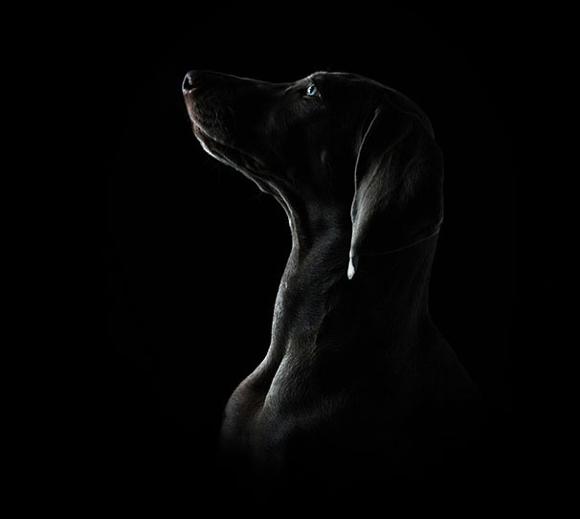frequently asked questions
If your question isn't answered in the FAQ section, get in touch and pose your question directly. We aim to respond quickly to all enquiries.
Regardless if its a dog training or a dog behaviour training question, we can help.


